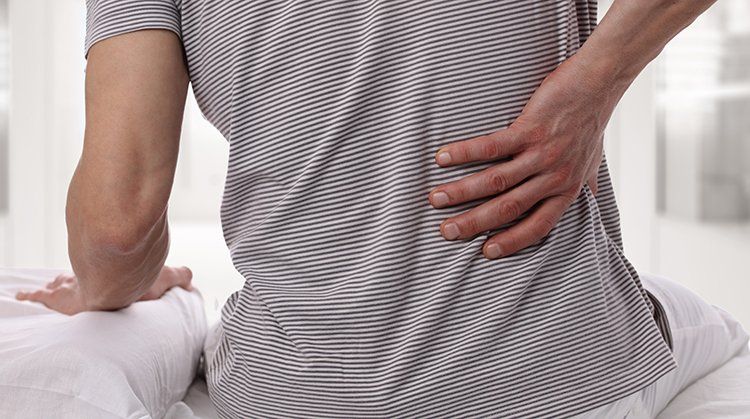Myths About Low Back again Pain
Low back again pain is typical. At some point within their lifestyles, 80% to 90% of the adult human population will experience low back again pain.
Sadly, studies also show that many people who have low back pain do not get therapy that aligns with greatest evidence-based practices.
Listed below are 5 typical myths connected with low back discomfort:
Myth 1: Spinal manipulation (mobilizing the joints in the backbone) is the greatest way for treating low back again pain.
A report showed that workout was shown to be far better than manipulation (only 10% needed manipulation).
Myth 2: Ultrasound and electric stimulation are which can aid recovery from reduced back discomfort.
These kinds of passive remedies provide no long-term advantage, do not deal with the underlying problem, , nor speed healing period.
Myth 3: Lower back pain is due to inflammation.
Inflammation occurs in certain circumstances, and may be there when low back discomfort is acute. However, nearly all low back discomfort is usually mechanical and responds properly to mechanical remedies such as for example prescribed exercise, aerobic fitness exercise, stabilization, stretching, and position schooling.
Myth 4: Low back discomfort is due to arthritis.
While studies also show that arthritis exists in over 90% of these between your ages 50-55, just 10% experience arthritis-related discomfort. Arthritis is connected with aging, however, not always connected with pain.
Myth 5: You need to rest and steer clear of or stop activity in case you are experiencing reduced back discomfort.
It is strongly recommended that you workout and obtain active and cellular as quickly as possible.
If low back discomfort keeps you from relocating and enjoying lifestyle, a physical therapist might help.
Actual physical therapists are movement professionals. They improve standard of living through hands-on care, individual education, and prescribed motion. It is possible to contact a actual therapist straight for an evaluation. To locate a bodily therapist in your town, visit Look for a PT.
Additional Resources
Chou, R. Qaseem A. Owens, D. Shekelle, P. Diagnostic Imaging for Lower Back Pain: Suggestions for High-Value HEALTHCARE from the American University of Physicians. February 1, 2011, Annals of Internal Medicine. 2011 Feb 1;154(3):181-9. Article Overview on PubMed.
Murtezani A, Govori V, Meka VS, Ibraimi Z, Rrecaj S, Gashi S. An assessment of McKenzie treatment with electrophysical brokers for the treating work associated low back again discomfort: a randomized controlled test. J Back again Musculoskelet Rehabil. 2015;28(2):247–253. Article Overview on PubMed.
Ebadi S, Henschke N, Nakhostin Ansari N, Fallah Electronic, van Tulder MW. Therapeutic ultrasound for persistent low-back pain. Cochrane Data source Syst Rev. 2014;(3):CD009169. Article Overview on PubMed.
Rubinstein SM, Terwee CB, Assendelft WJ, de Boer MR, van Tulder MW. Spinal manipulative treatment for acute low-back discomfort; an upgrade of the Cochrane examine. Spine (Phila Pa 1976). 2013;38(3):E158–E177.
Albert HB, Manniche C. The efficacy of systematic energetic conservative treatment for sufferers with serious sciatica: a single-blind, randomized, clinical, controlled demo. Spine (Phila Pa 1976). 2012;37(7):531–542.
Oliveira VC, Ferreira PH, Maher CG, Pinto RZ, Refshauge KM, Ferreira ML. Performance of self-management of reduced back pain: systematic evaluation with meta-analysis. Arthritis Treatment Res (Hoboken). 2012;64(11):1739–1748.
McKenzie R. Treat YOUR PERSONAL Back again. 9th ed. Minneapolis, MN: Orthopedic Physical Treatment Items; 2011:5–9.
